Introduction
The eLearning landscape is undergoing significant changes, driven by technological advancements and evolving educational needs. In order to stay competitive, organizations and educational institutions must embrace eLearning development services.
This article explores the importance of eLearning development, the strategies for building effective eLearning programs, the role of technology in enhancing eLearning experiences, the design principles for engaging and user-centric eLearning content, the implementation of assessment and feedback mechanisms, ensuring accessibility and inclusivity in eLearning development, and measuring success and continuous improvement in eLearning programs. Dive into this article to discover how eLearning can revolutionize education and professional development in the digital age.
Understanding the Importance of e-Learning Development Services
The eLearning landscape is experiencing a monumental shift, driven by technological innovation and changing educational needs. As the world becomes increasingly digitized, organizations and educational entities must embrace the development of eLearning services to maintain competitiveness.
For instance, companies like Nets have faced the intricate task of converting complex technical data into engaging, accessible eLearning content. They've tackled the challenge by transforming tables and schemes into dynamic formats that encourage user discovery and interaction.
The rapid ascent of eLearning is well-illustrated by the sector's explosive market growth, with a valuation of approximately $250 billion in 2020. This surge is a testament to the demand for flexible, technology-enabled learning solutions that allow learners to study at their convenience.
Notably, the emergence of Learning Management Systems (LMS) has enhanced the ability to tailor and manage course content, evaluate learner progress, and offer a heightened level of customizability. Furthermore, eLearning is a striking example of technology bridging educational gaps, offering custom learning experiences, and providing vital data for targeted learning initiatives. However, addressing the digital divide remains critical, ensuring equitable access to educational resources. As we witness more institutions integrate eLearning into their curriculum, the focus on creating customized, engaging, and accessible content becomes ever more essential, highlighting eLearning's central role in contemporary education and professional development.
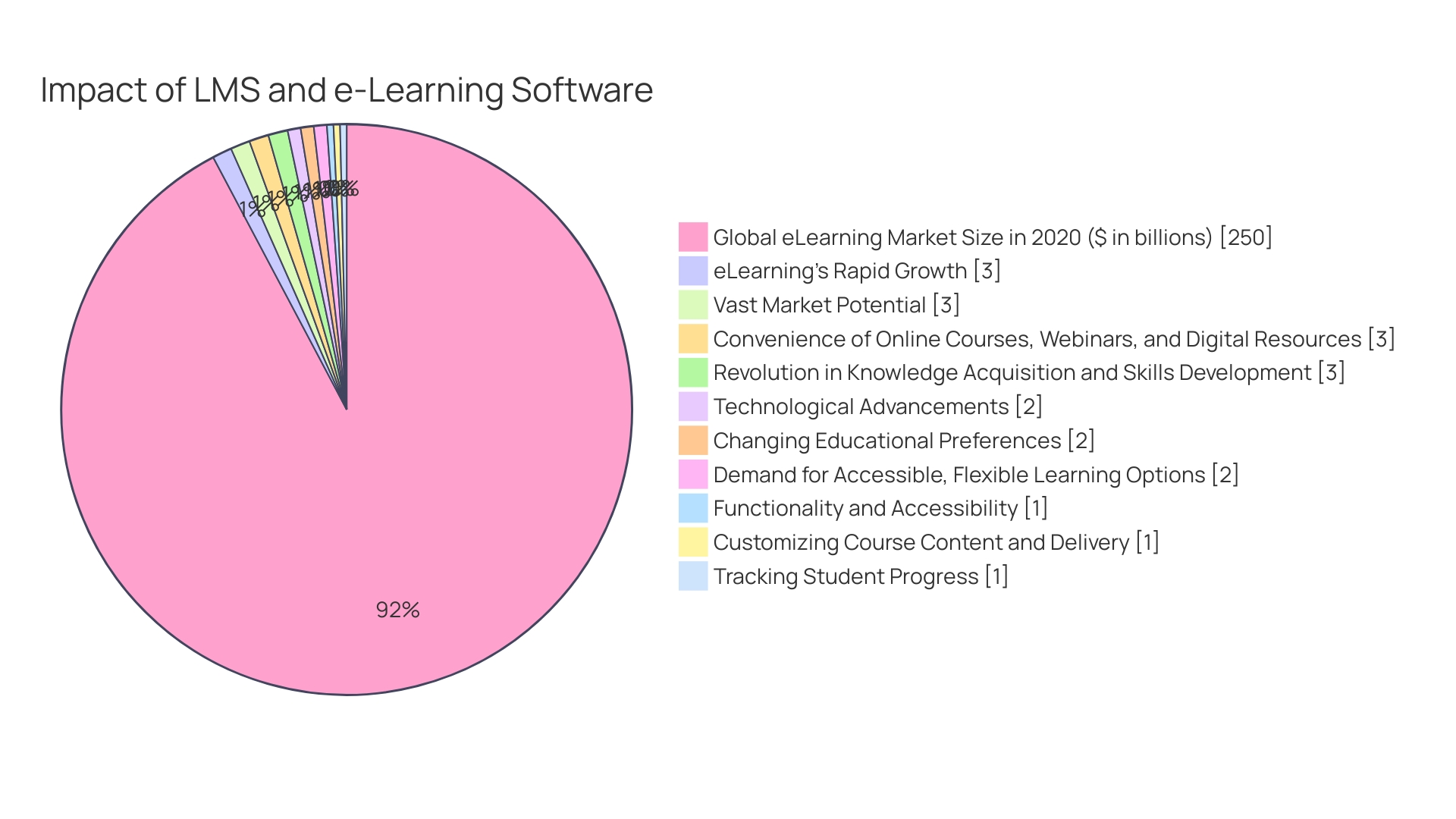
Building an Effective e-Learning Development Strategy
Embarking on e-Learning development requires strategic finesse and an insight-driven approach. At its heart lies a profound understanding of the e-Learning landscape, including a mastery over learning management systems (LMS), which are the digital environs for hosting and unraveling your courses.
Illuminating this point, we must delve into the instructional models and cognitive theories that ensure your courses are not only well-designed but also pedagogically sound. Remember, familiarity with xAPI and SCORM standards is indispensable for ensuring your content speaks fluently with the LMS.
A pivotal step in creating a successful e-Learning development strategy is conducting a comprehensive needs assessment. This establishes a clear map of the skills gaps as well as the learning preferences of your target audience.
Surveys can serve as a compass here, providing a quantitative glance at the current abilities and desired delivery methods, while group discussions bring qualitative depth, helping to shape a learning journey that resonates and sticks. Custom content has become a cornerstone of corporate learning and development.
Learners crave relatable, engaging content that echoes their daily reality. Ruba Mourad of Kashida emphasizes the transformative power of custom eLearning, hinting at the common misconception that it's an excessively costly gamble. Yet, the real gambit lies in understanding that investment in tailored eLearning content can effectively nurture internal talent, enriching the organization's intellectual capital. Finally, one cannot overlook the significance of data analysis—a beacon guiding the e-Learning voyage. Reflecting on your most pressing business questions enables you to harvest insightful analytics, such as pinpointing less effective modules ripe for revamping. Armed with data, you're equipped to make evidence-based decisions, refining the quality of training, rooting out inefficiencies, and reinforcing accountability across your learning programs.
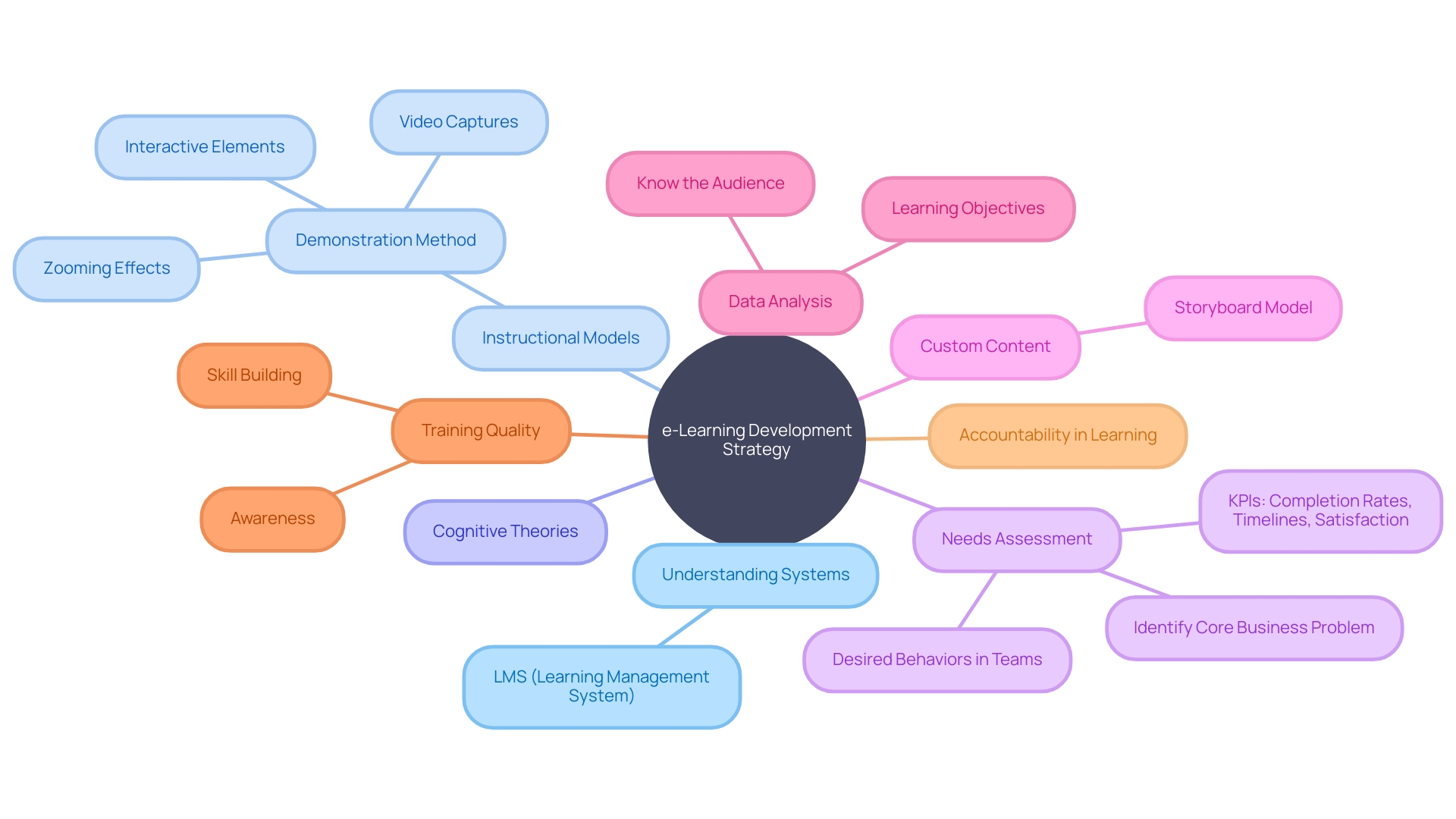
Leveraging Technology and Tools for Enhanced e-Learning Development
The intersection of technology and education has birthed an era of eLearning that's redefining the way knowledge is imparted. Technologies such as artificial intelligence (AI) and mobile learning (mLearning) not only facilitate access to education across the globe but also innovate the formats and functionalities of learning experiences. In this technological renaissance, Ai's role looms large, evident from the projection that the AI in education market value will reach a staggering $17.8 billion by 2027.
Consistent with this shift, a significant 93% of global companies are now embracing online learning, underscoring its integration into mainstream corporate training methodologies. Harnessing the power of mobile devices, mLearning offers a flexible and efficient learning pathway, allowing learners to assimilate bite-sized knowledge anytime, anywhere. This approach resonates with today’s e-learners who prefer interactive and immersive educational content delivered in short bursts – microlearning.
This trend is substantiated by evidence showing that mobility in learning has become a cornerstone of educational technology strategies, supported by statistics indicating a 42% revenue increase for companies that leveraged eLearning. Moreover, this transformation was illustrated when learning management systems (LMS) were employed to convert technical data from traditional tables and schemes into engaging forms that incentivize users to explore information independently. As instructional designer Karmela Peček reflects, the challenge lies in displaying technical data in a comprehensive manner, engaging learners in an interactive discovery process.
These advancements are not confined to niche markets; even prestigious financial institutions adopt eLearning, aligning their operations with international regulatory standards related to fraud protection and anti-money laundering. Therefore, the technologies sculpting the educational sector are not mere tools but are engines of a broader pedagogical shift. These emerging modalities signify a revolution, one where innovation substantiates itself with strong ROI figures and delighting users with intuitive and rewarding learning experiences.
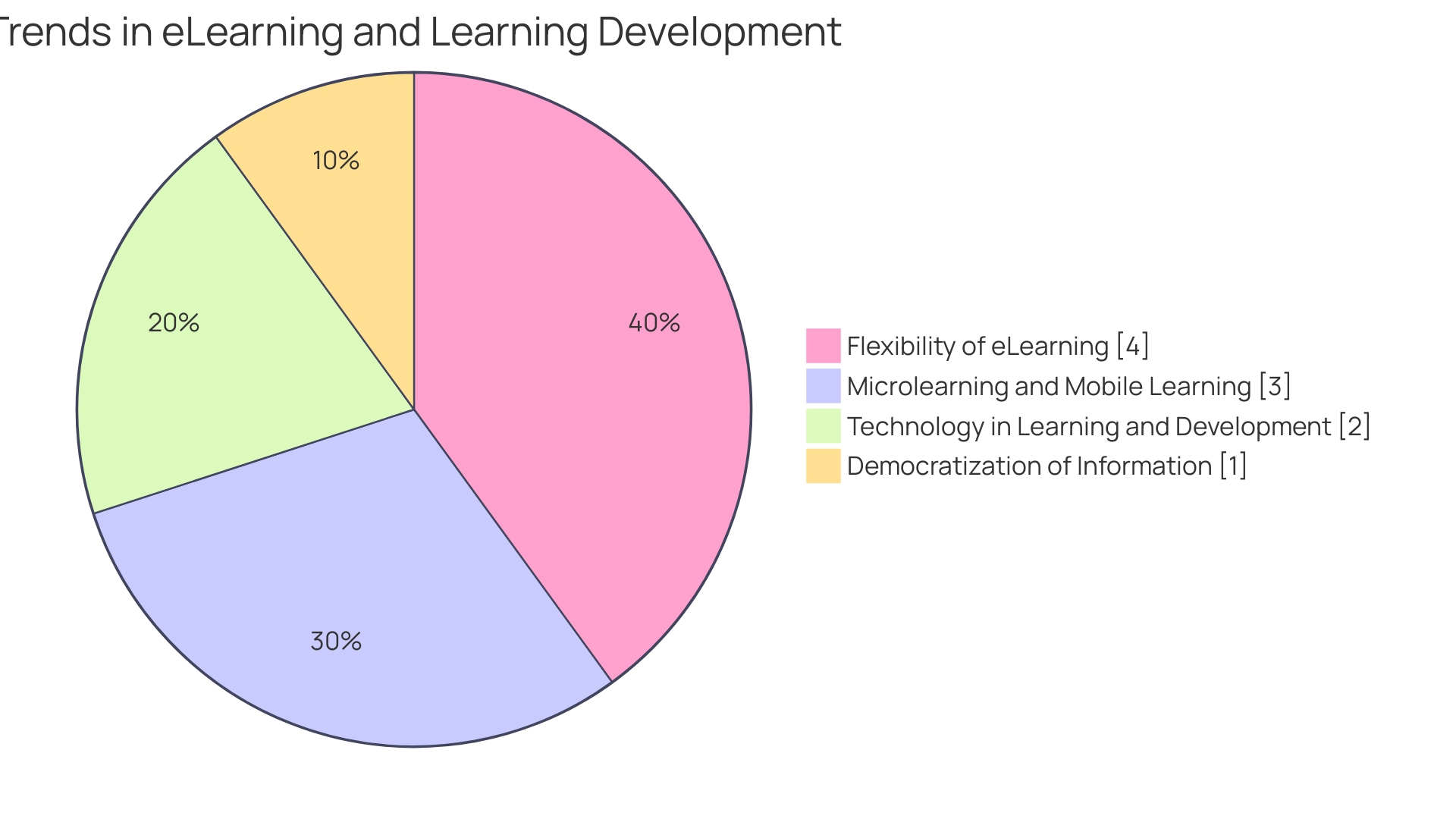
Designing Engaging and User-Centric e-Learning Content
Creating e-Learning content that captivates and educates hinges on a deep understanding of who your audience is. Discovering demographics such as age, occupation, and education presents insights that shape content to align with learners' expertise and roles, especially crucial in the corporate sector where training often involves complex technical information.
Take the case of Nets, a digital payment solutions provider. They faced the challenge of transforming dense technical data into an engaging learning experience.
By reimagining tables and schemes into compelling formats, they sparked users' curiosity and self-driven discovery. To ensure learner engagement, embrace multimedia elements like videos, audio, and infographics.
Leveraging a demonstration method using screen captures in interactive videos, for example, can zoom in to emphasize important details. This approach illuminates the essence of instructional design as described by Karmela Peček, a seasoned eWyse agency designer: it's a creative process blending psychological, educational, and technological principles to yield meaningful, impactful learning experiences. Confirming this, Ruba Mourad from Kashida underscores the wrong presumption that custom eLearning necessitates a hefty upfront investment, underscoring the transformative effects of tailored learning strategies on talent development. Integrating interactive assessments and personalized learning paths further forges a connection between content and learner, proving the efficacy of these methods across various industries, including those with stringent training regulations like finance.
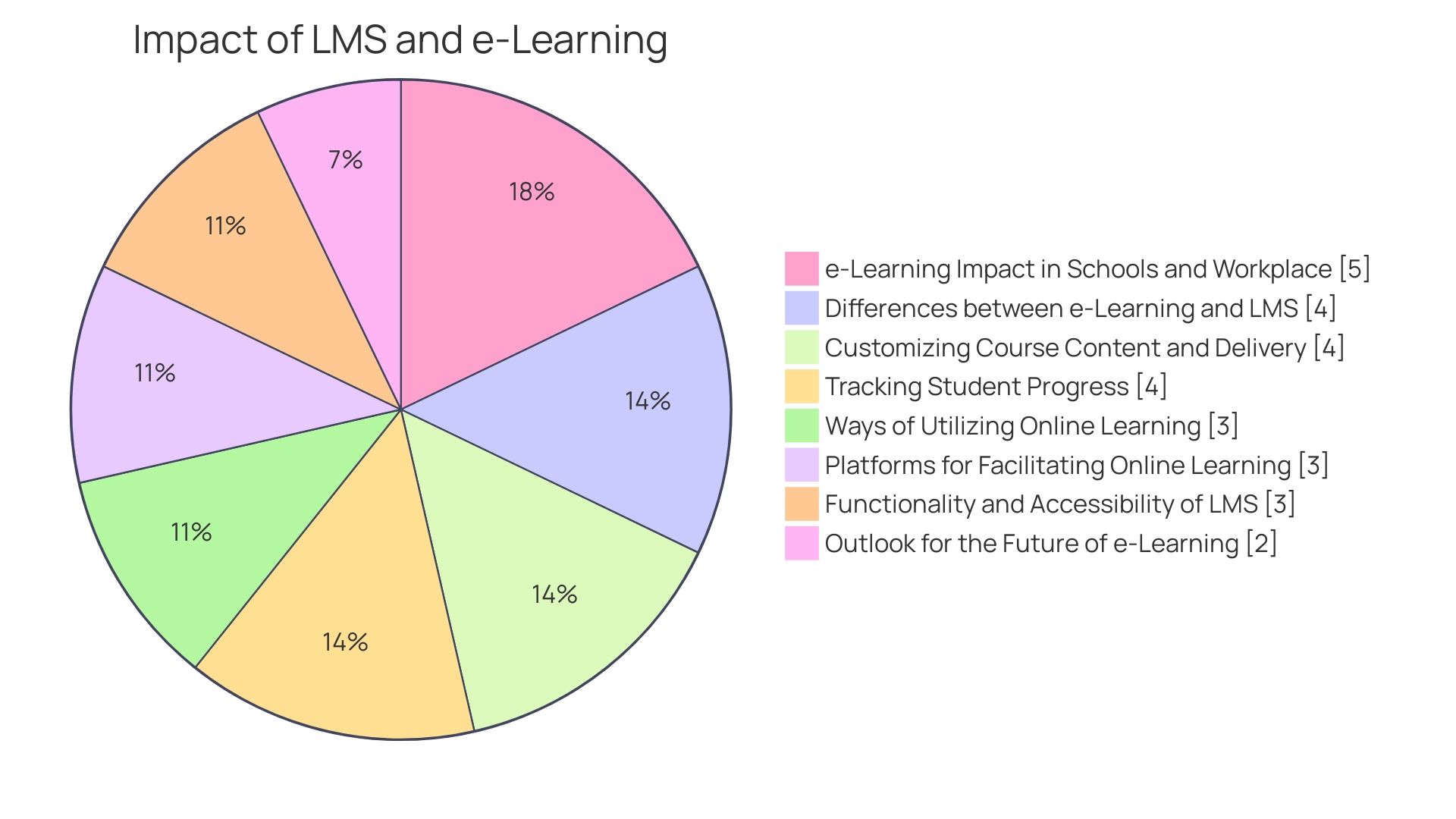
Implementing Effective Assessment and Feedback Mechanisms
When creating eLearning platforms, especially mobile editions, the assessment of learner progress and comprehensive feedback mechanisms are indispensable. To cultivate an engaging eLearning environment, it is instructive to examine Nets, who revolutionized their technical training presentations through dynamic visual methods, making complex data more digestible for their users.
Their success underscores the value of personalizing the learning experience to spur user-initiated discovery, an approach echoed by instructional designer Karmela Peček from eWyse Agency, particularly for financial institutions subject to strict regulatory training. The digital age demands that every user interaction act as an assessment opportunity, as suggested by the belief that "everything is an assessment," where even subtle actions and responses hold valuable insights.
By crafting diversified assessments like quizzes and interactive simulations, and evaluating the bigger context through assignments and data analytics, educators can refine the learning journey. Cognizant of the historical impetus to enhance student results via personalized teaching, we recognize the necessity of leveraging metrics to guide the eLearning experience.
As surmised by leading assessment authority, Press & Assessment, combining assessments and analytics enables educators to adapt learning programs through 'evidence-based decision making.' Furthermore, understanding the integrated roles within a 'learning technology stack' emerges as an essential strategic facet. This integration streamlines productivity and offers a comprehensive view of diverse educational tools, channeling user feedback into a continual refinement of the eLearning system. In essence, through strategic assessment and learner feedback, the platform development process becomes a cycle of perpetual improvement and tailored learner engagement.
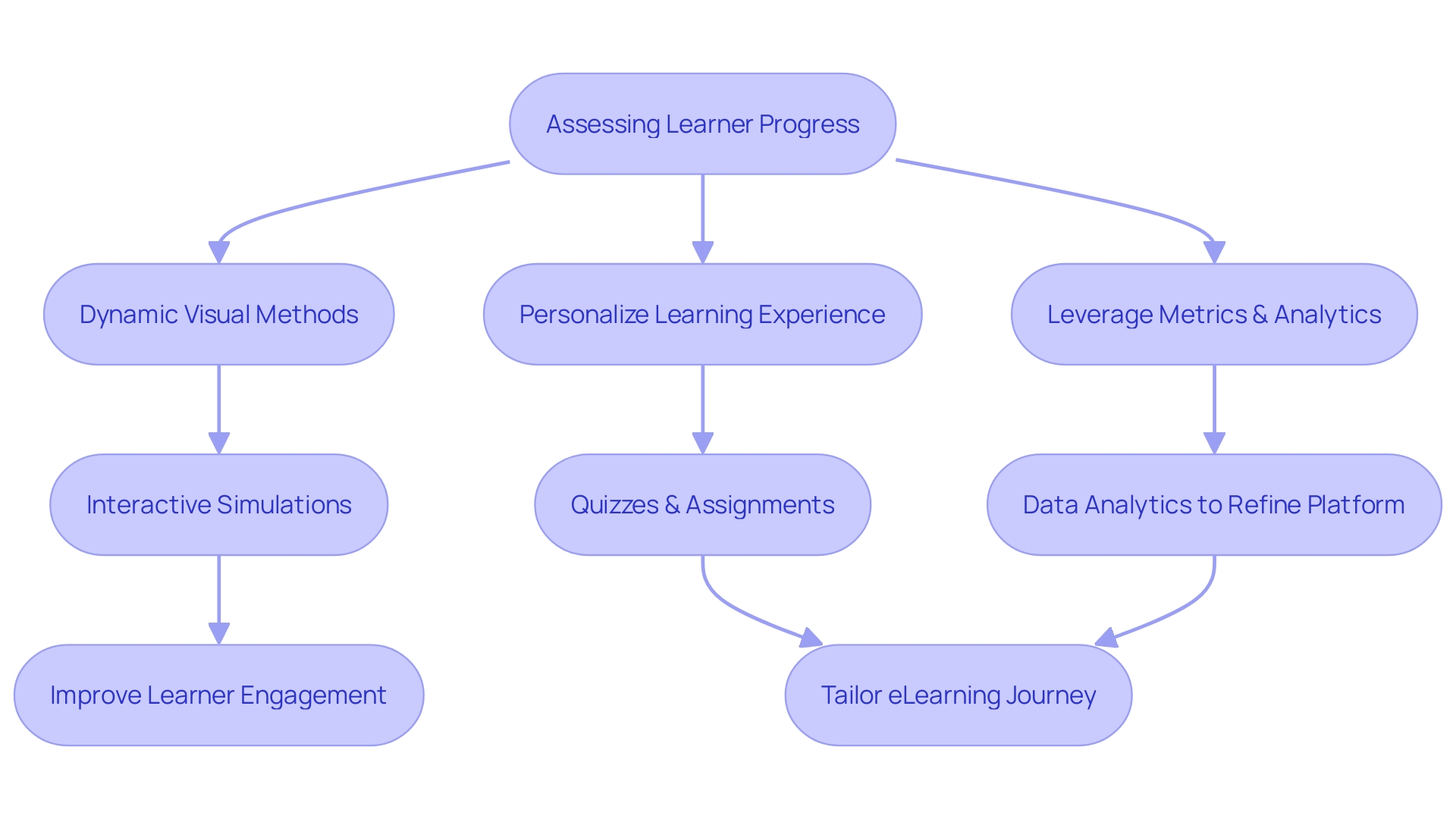
Ensuring Accessibility and Inclusivity in e-Learning Development
Creating e-Learning experiences that cater to everyone's needs is not only a legal imperative but an ethical one. This commitment to universal access effectively dismantles barriers for learners who face visual, auditory, motor, and cognitive challenges. Accommodating these needs isn't just about making content perceivable, it's also about crafting adaptable interaction and navigation methods.
By doing so, we cultivate an educational environment that not only acknowledges diversity but thrives on it, allowing each learner to achieve their full potential. Accessibility in eLearning means providing alternative content formats and designing user interfaces that meet a broad spectrum of requirements. For instance, captions aid not just the hearing impaired but also learners who assimilate information better through reading.
This inclusive approach resonates with the ethos of equal education opportunities for all. Case studies like Nets illustrate the significance of presenting complex technical data in digestible forms to facilitate learning. When educational content is developed with accessibility in mind, it reflects a profound understanding that every learner is unique.
The advancements in technology, as pointed out by Eazealliance, further demolish the traditional barriers to inclusion, enhancing the lives of individuals with disabilities with cutting-edge assistive software and devices. Statistically, intentional design for inclusivity is crucial. Higher education institutions understand the importance of creating content and technology that can be accessed and utilized effortlessly by all, including individuals with disabilities.
This principle is the touchstone for ensuring that all members of the academic community, regardless of their capabilities, can engage fully with educational resources. In keeping with these values, it's clear that the underlying objective of accessibility in e-Learning is to foster a learning space where every student can access and benefit from education. This goal drives the creation of content that respects and embraces the diversity of learner needs and preferences.
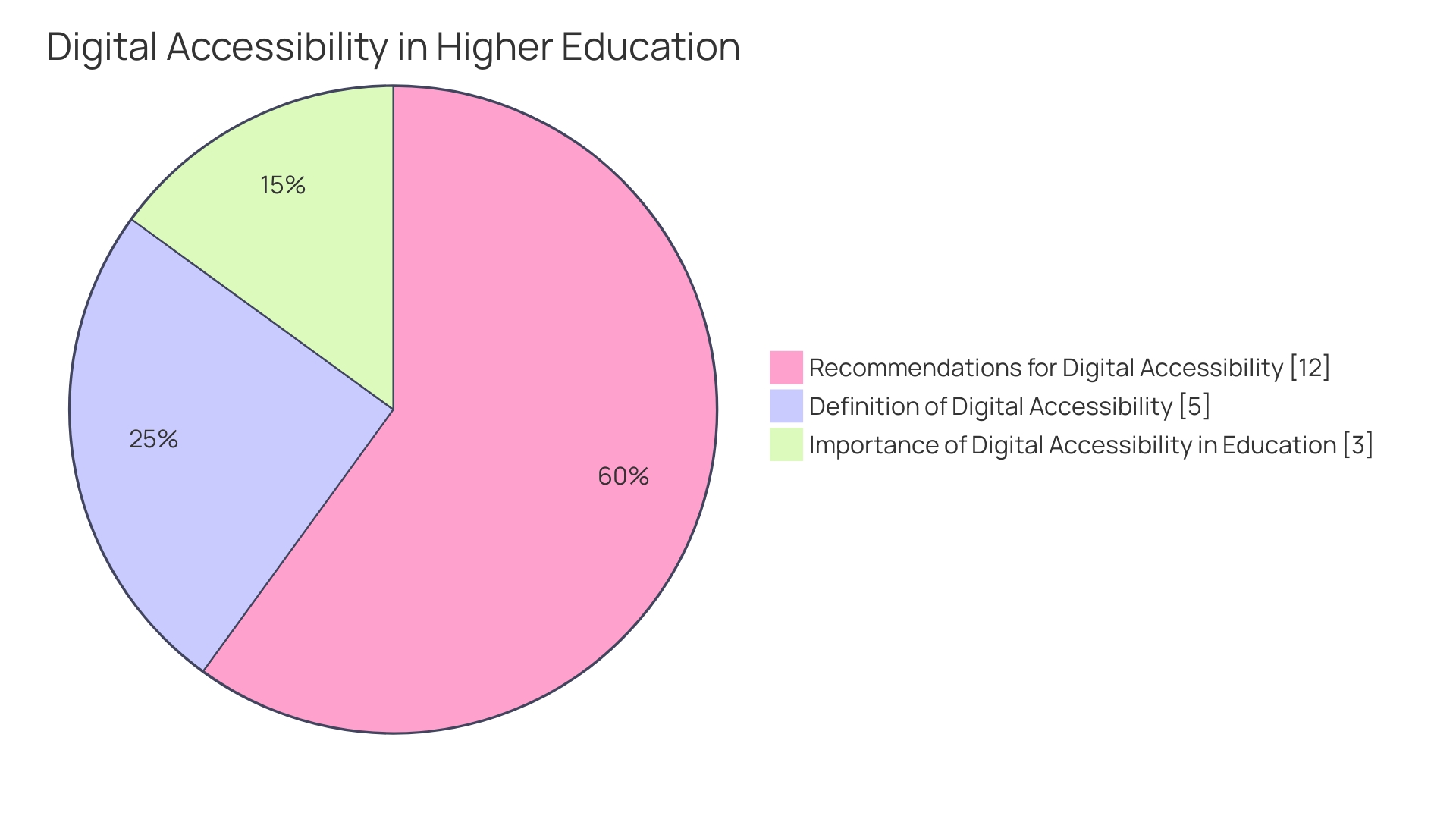
Measuring Success and Continuous Improvement in e-Learning Development
As an instructional designer, understanding and applying the right Key Performance Indicators (KPIs) is essential for crafting learning experiences that resonate and deliver results. One insight from eWyse Agency's Karmela Peček underlines the importance of translating technical data into engaging formats that encourage learner exploration, similar to Nets' approach in reshaping its onboarding process.
It isn't just about presenting information; it's about making it compelling enough that learners are drawn to it organically. The crux of measuring e-Learning's success rests on data-driven decision-making.
How impacting are analytics and reporting for Learning and Development? Immensely.
With well-defined KPIs, you pinpoint what works and what doesn't, leading to improvements and enhanced accountability. Learning technology stacks play a pivotal role as well.
They must be carefully chosen and understood for their function within the larger framework of learning to truly support and improve the learning experience. As with Nets, adapting learning materials to suit the audience's pace and cognitive load can significantly influence their effectiveness. So, how does one measure the learning impact? By focusing on quality learning experiences (LX) that drive actual outcomes. SweetRush's philosophy emphasizes that a training investment must culminate in noteworthy returns—tangible improvements in performance, reflecting preparedness for tasks, compliance with regulations, and ultimately, job satisfaction and growth.
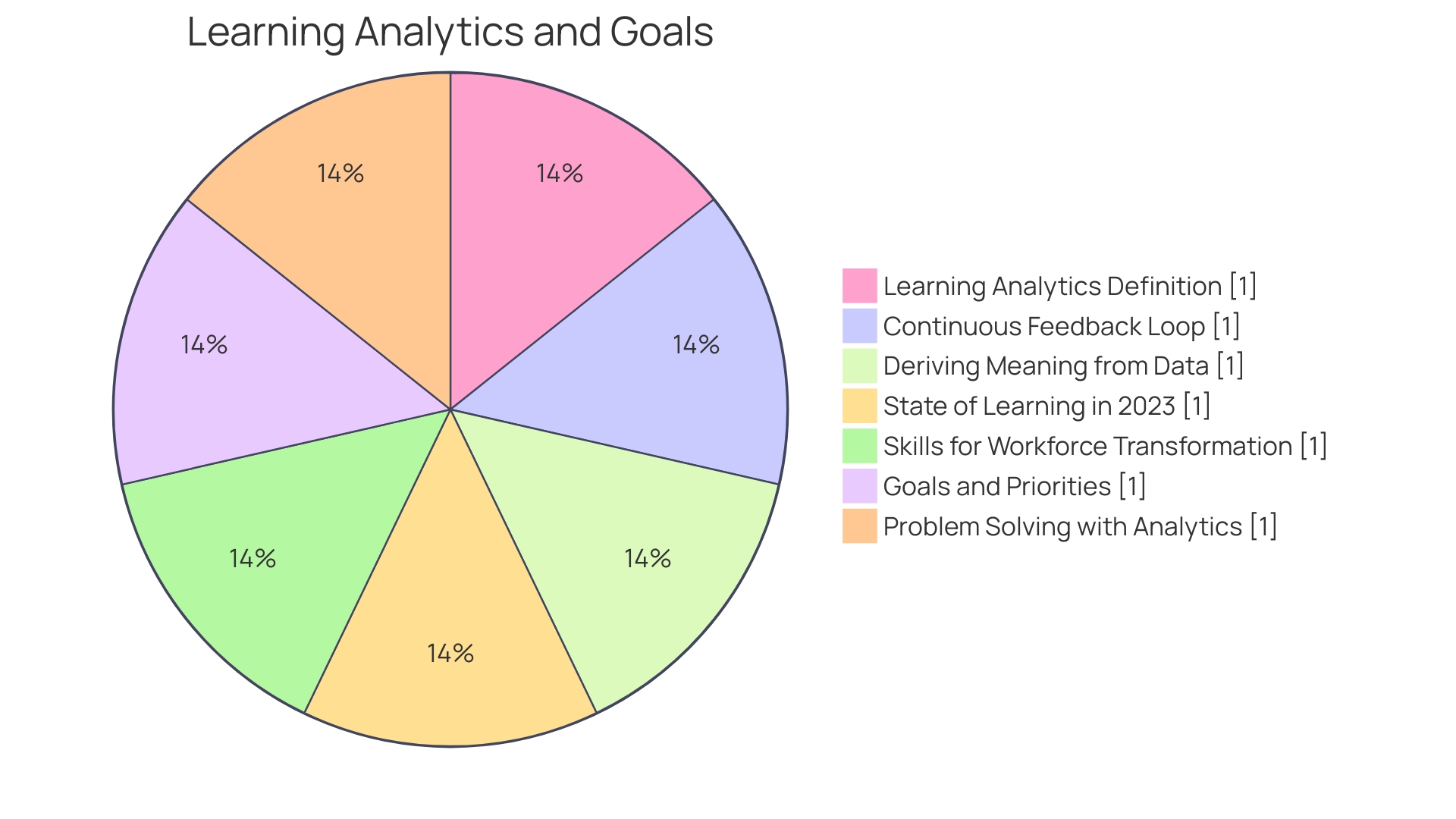
Conclusion
In conclusion, eLearning development is essential for organizations and educational institutions to adapt to the changing educational landscape. With a market value of $250 billion in 2020, eLearning is crucial for providing flexible and accessible learning opportunities.
To build effective eLearning programs, conducting comprehensive needs assessments and understanding instructional models and cognitive theories are key. Customized content that engages learners and leverages technology like AI and mobile learning enhances the learning experience.
Designing user-centric eLearning content involves understanding the target audience, incorporating multimedia elements, and utilizing interactive assessments. Implementing assessment and feedback mechanisms allows for tracking learner progress and continuous improvement.
Ensuring accessibility and inclusivity in eLearning development is vital. Providing alternative content formats and designing inclusive user interfaces cater to diverse learner needs.
Measuring success in eLearning requires data-driven decision-making and the use of key performance indicators (KPIs). Analytics and reporting help identify areas for improvement and enhance accountability. By embracing eLearning development services, organizations can revolutionize education and professional development. Effective strategies, technology integration, user-centric design, assessment mechanisms, accessibility, and continuous improvement measures are essential for success in the digital age. In summary, eLearning development is a vital tool for organizations and educational institutions looking to stay competitive and provide high-quality learning experiences. Embracing eLearning development services and implementing effective strategies will revolutionize education in the digital age.
Revolutionize your education and professional development with our eLearning development services.





